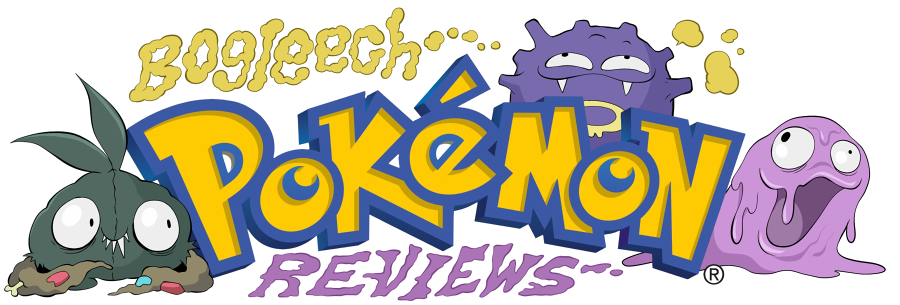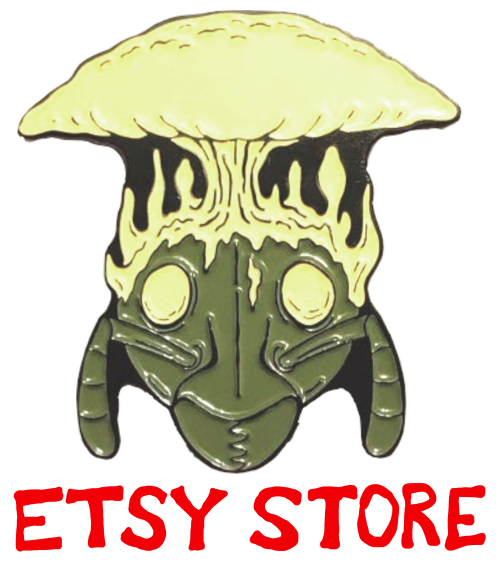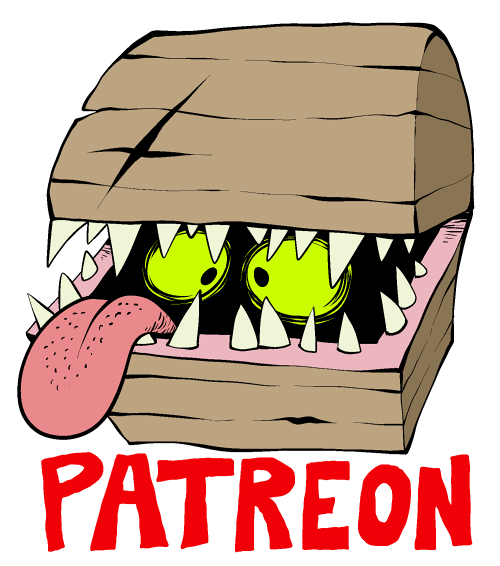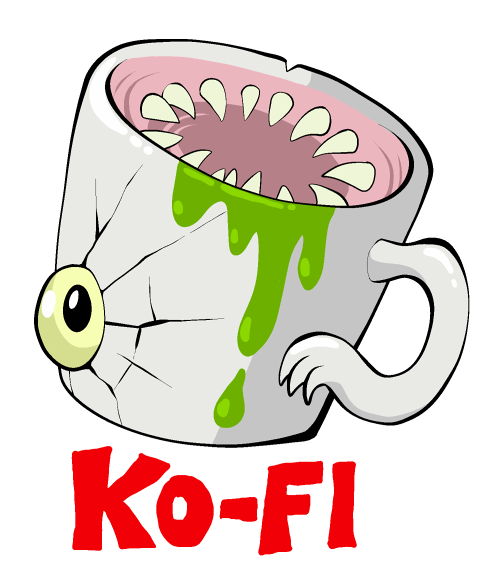


The Trapinch Family
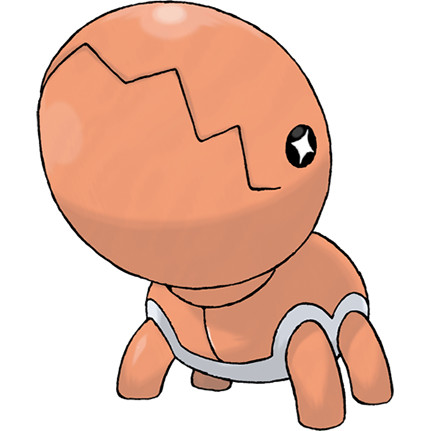
Today's pokemon represents one of my favorite organisms since childhood, but one so popular in Japanese media that it's surprising they took three generations to get around to it.
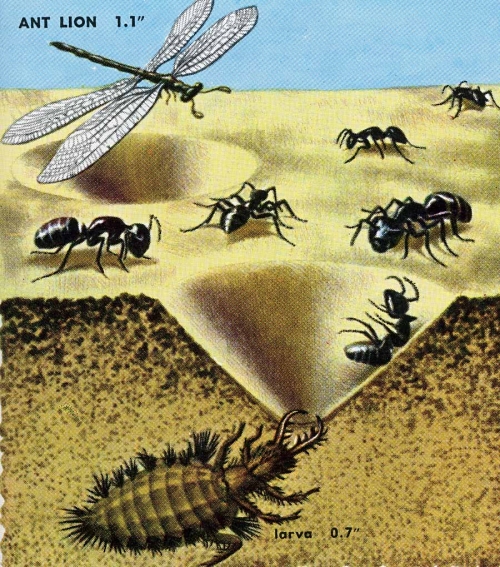
In the real world, an antlion or "doodlebug" is the predatory larval stage of a Neuropteran closely resembling but not actually related to a dragonfly. The little beast's claim to fame is the "sand trap" or "sinkhole" it builds to ensnare prey, and the relationship to Trapinch is immediately evident. It's a ground type, it's called Trapinch, it has enormous jaws and it boasts the "arena trap" ability, preventing enemies from switching or escaping.
The only difference, and it's a quite surprising one, is that Trapinch isn't really an arthropod.
The only difference, and it's a quite surprising one, is that Trapinch isn't really an arthropod.
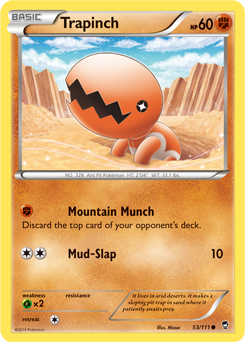
Granted, this line is considered part of the "bug" egg group, but it doesn't have bug typing, and even by pokemon standards, this thing looks a lot more like a vertebrate than an insect, and in this case, I wouldn't have it any other way. Trapinch is basically a turtle-like desert reptile that evolved a physiology and lifestyle equivalent to an antlion larva, which is a fantastically cool concept, and its design is packed with charm. The huge, round head and jagged mouth are cute as hell for something that can suck you under the ground and bite your legs off, and I've always really loved those weird little starry eyes.

SO cool, and so so cute.
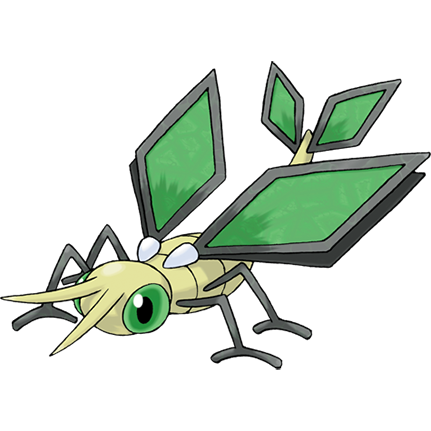
So, I'm rather split on the fact that Trapinch evolves to mirror an antlion's actual life cycle by becoming Vibrava. Antlions and antlion-inspired monsters are in a lot of games, and their adult stages rarely if ever acknowledged at all, so it's pretty cool to see a pokemon taking a seldom-tread route in the name of biological accuracy. On the other hand, the reason it's so rare is because the larval stage is so completely unlike almost any other animal, and I'd have definitely loved to see Trapinch just keep evolving into a bug-like, monstrous sand-turtle.
Vibrava is also much more insectoid in appearance, and beautifully so, but as a ground/dragon type, it still isn't truly a bug type and kind of forgets all about the "bug-like reptile" aspect of its predecessor. In a real antlion, there's a pupation period encased in an almost perfect sphere of sand and soil held together by silk, which would have made a great basis for another cocoon pokemon.
Vibrava is also much more insectoid in appearance, and beautifully so, but as a ground/dragon type, it still isn't truly a bug type and kind of forgets all about the "bug-like reptile" aspect of its predecessor. In a real antlion, there's a pupation period encased in an almost perfect sphere of sand and soil held together by silk, which would have made a great basis for another cocoon pokemon.
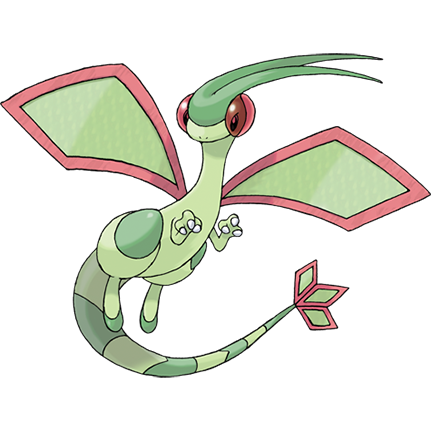
Vibrava's final evolution is Flygon, now clearly a reptilian dragon that just evokes an arthropod, right down to having goggle-like bubbles over its eyes that give an insectoid impression. It kind of makes Vibrava feel a little superfluous, honestly. I like Vibrava, it looks great, but it doesn't feel like a transitional stage between Trapinch and Flygon. It feels like either Vibrava or Flygon were first designed as a final stage for this line, but someone at some point thought there should be one more stage in there. We end up with a line that goes from an insect-larva-reptile, to an adult insect, to an adult-insect-reptile. Weird.

I wish Trapinch had at least a split evolution into a ferocious snapping-turtle-sandbug, but Vibrava and Flygon are still cool too.
